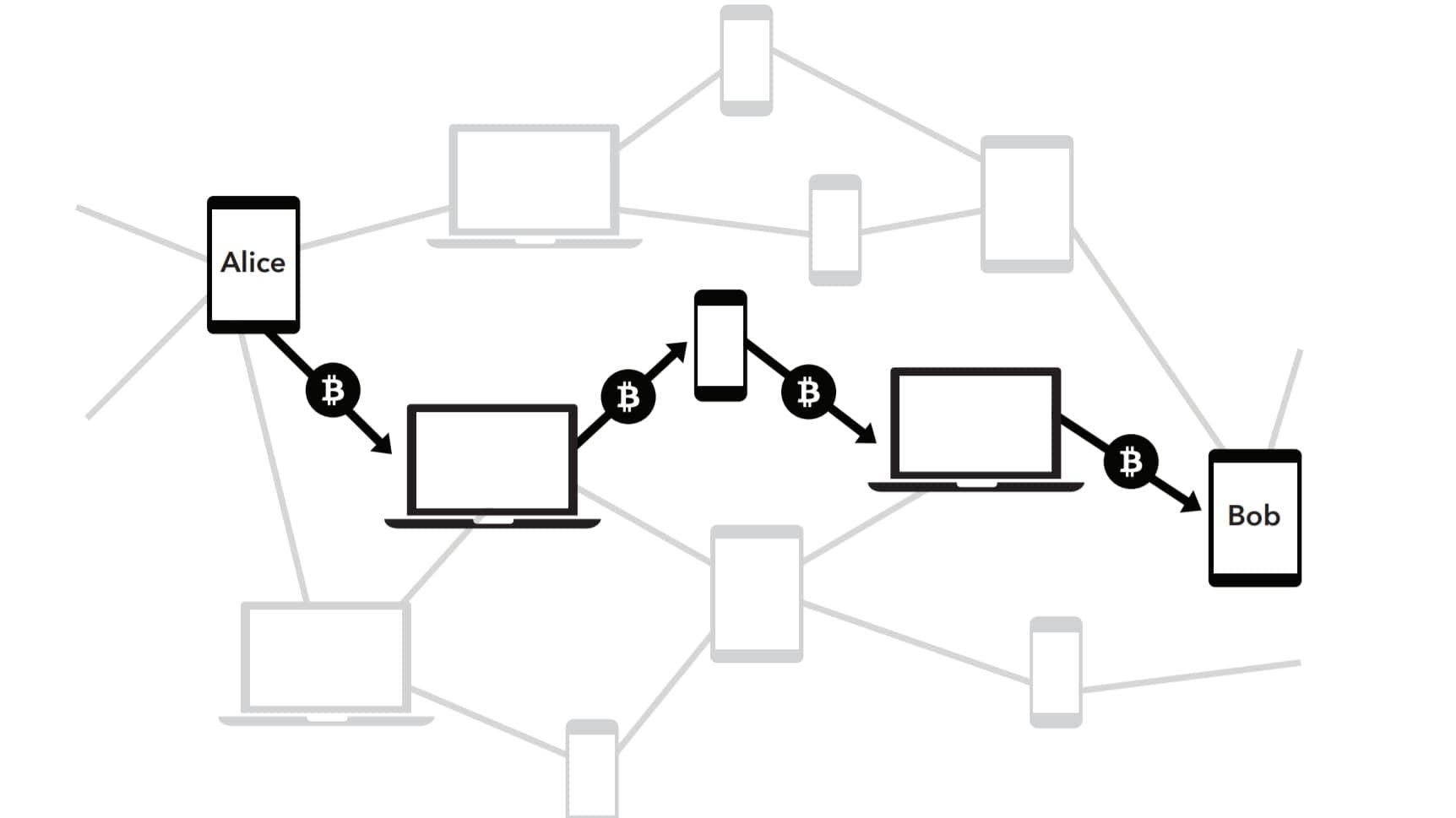Hi, readers
I apologize for not being active on this site for a long time. As you know, I was preparing for PNPT, and regrettably, I failed on my second try.
"Our greatest glory is not in never failing but in rising every time we fail." ― Confucius
Since then, I have been involved in various endeavors, and I have finally satisfied my itch to join the Web 3.0 space. I am grateful to Harkirat Singh for making the complicated world of blockchain and cryptocurrency easy to navigate.
The crazy universe of WEB3!
Are you curious about the world of Web3? This new iteration of the World Wide Web incorporates concepts such as decentralization, blockchain technologies, and token-based economics.
In this article, we'll dive into the basics of Web3 and explore key concepts Whether you're new to the space or just looking to brush up on your knowledge, this article is the perfect place to start.
Decentralization
Decentralization is the process by which an organization's tasks are distributed or delegated to smaller groups within it rather than to a central, authoritative location or group, especially those related to planning and decision-making.
In simple words, decentralization is the process of transferring power from one authority to a group of peers so that decisions about an asset can be made impartially.

Blockchain Technologies
Blockchain is a digital ledger or database that stores information in a secure and decentralized way. In simpler terms, it is like a digital notebook that records transactions or data and keeps it safe from any changes or hacks.
Think of it as a chain of blocks, where each block contains a record of data or transactions, and once a block is added, it cannot be altered or deleted without changing all the blocks that come after it. This makes the blockchain extremely secure and transparent because everyone can see the data, but no one can tamper with it.

Although cryptocurrency transactions are the most common use for blockchains, they can also be used for other types of data storage and sharing, including contracts, medical records, and voting systems.
apart from this, I was always curious about
How do blockchain apps operate?
Blockchain-based applications typically function by utilizing the decentralized, secure, and transparent nature of blockchain.
The app is built on top of a blockchain platform, such as Ethereum, that allows for smart contracts and decentralized applications (DApps) to be developed.
The app's code is written in a programming language that can interact with the blockchain platform's API.
When a user interacts with the app, their request is sent to the blockchain platform's nodes, which are distributed across the network.
The nodes verify the user's request by checking the rules and conditions coded into the smart contract that the app is built on.
Once the request is verified, the smart contract automatically executes the requested action and updates the blockchain ledger accordingly.
Because the blockchain is decentralized, all nodes in the network have a copy of the updated ledger, ensuring that the data is secure, transparent, and tamper-proof.
In very simple words, blockchain involves managing the same data on multiple computers (nodes) in a decentralized manner.
token-based economics
Token-based economics is an economic system that is built around the use of tokens, which are digital assets that are created and managed on a blockchain. Tokens can be used to represent various types of assets, such as cryptocurrencies, digital assets, or even real-world assets.
In a token-based economy, the tokens are used as a medium of exchange, much like traditional currencies. However, unlike traditional currencies, tokens are not issued by a central authority but rather are created through a process known as tokenization. Tokenization involves converting an asset into a digital token that can be traded on a blockchain.
To understand better, please refer to this video on Harkirat's channel.
Summary
The article explores the world of Web3, which incorporates concepts like decentralization, blockchain technologies, and token-based economics. Decentralization involves transferring power from one authority to a group of peers so that decisions about an asset can be made impartially. Blockchain is a digital ledger or database that stores information in a secure and decentralized way, making it extremely secure and transparent. Blockchain-based applications function by utilizing the decentralized and secure nature of the blockchain. Token-based economics is an economic system that uses digital assets created and managed on a blockchain, which are used as a medium of exchange. Tokens are not issued by a central authority but are created through a process called tokenization.
That's it for this time. Please make sure to leave a comment if I am missing anything, or you can reach out to me!
Thank you so much for reading!
Signing off.

